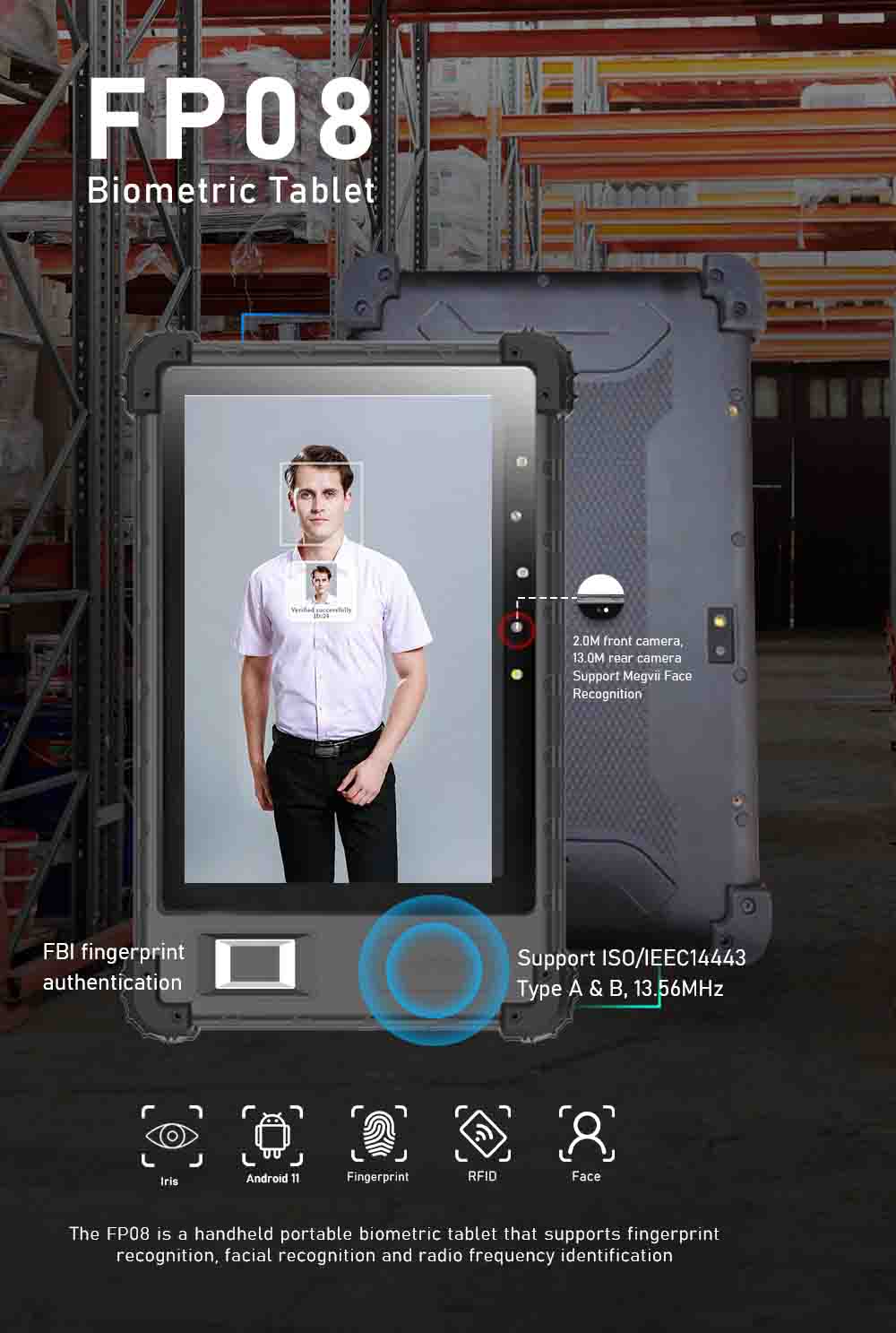In an era defined by technological advancements, the banking sector finds itself at the forefront of innovation, constantly seeking ways to enhance security, streamline processes, and improve the overall customer experience. One of the most transformative developments in recent times has been the integration of biometric tablets within banks, revolutionizing the way customers interact with their financial institutions.
Imagine a scenario where traditional authentication methods, such as PINs and passwords, are replaced by a seamless and secure biometric experience. This vision has become a reality with the widespread adoption of biometric tablets in banks across the globe. These cutting-edge devices, equipped with fingerprint scanners, facial recognition technology, and other biometric sensors, are reshaping the landscape of financial security and customer engagement.
At the heart of this technological evolution is the commitment to fortifying security measures. Traditional methods of authentication, though effective to a certain extent, are prone to vulnerabilities such as password breaches and identity theft. Biometric tablets, on the other hand, provide a multi-layered security approach by relying on unique biological markers that are nearly impossible to replicate. This not only safeguards the interests of customers but also reinforces the trust they place in their chosen financial institutions.
One of the primary applications of biometric tablets in banks is the authentication process during account access. Customers no longer need to remember complex passwords or worry about the security of their PINs. With a simple touch of a finger or a glance at the tablet’s camera, the biometric system swiftly verifies the user’s identity, granting them access to their accounts within seconds. This not only enhances the overall customer experience but also reduces the risk of unauthorized access, ensuring that only the rightful account holder can perform transactions.

HFSecurity FP08 Biometric Tablet use in Bank
Beyond access control, biometric tablets are instrumental in expediting various banking processes. Traditional paperwork and lengthy verification procedures are replaced by efficient biometric identification, reducing the time customers spend in the bank. Whether it’s opening a new account, applying for a loan, or updating personal information, the use of biometric tablets streamlines these processes, enhancing the efficiency of banking operations.
Moreover, the integration of biometric tablets contributes to the development of a paperless and environmentally friendly banking environment. Digital signatures, authenticated by biometric data, replace the need for physical signatures on countless documents. This not only reduces the carbon footprint associated with paper usage but also aligns with the global push towards sustainable business practices.

face recognition biometric tablet FP08
HFSecurity biometric tablet FP08 is a IP65 Rugged 4G 8 inch fingerprint tablet based on Android 11 system with capacitive Fingerprint sensor, nfc/Mifare card reader, optional Iris scanner, MRZ passport/National ID card scanner, face recognition…
Widely used in border control, National ID registration, census, agriculture, school, bank, government, hospital, factory, telecom for users’ registration, verification and authentication.
The implementation of biometric tablets has also proven to be a pivotal step in the fight against fraud and financial crimes. The unique biometric identifiers stored in these devices serve as an additional layer of protection against identity theft and unauthorized transactions. In the event of a lost or stolen tablet, the risk of misuse is significantly mitigated, as the biometric data remains secure and inaccessible to unauthorized individuals.
As the banking industry continues to embrace the era of digital transformation, the role of biometric tablets becomes increasingly pivotal in shaping the future of financial services. The ongoing collaboration between technology providers and financial institutions ensures that these devices evolve to meet the ever-changing demands of a dynamic and interconnected world.
In conclusion, the integration of biometric tablets in banks marks a significant milestone in the journey towards a more secure, efficient, and customer-centric banking experience. By leveraging the power of biometric technology, financial institutions are not only fortifying their security measures but also redefining the way customers interact with their services. The era of biometric tablets in banking is here, promising a future where security, convenience, and innovation coalesce to create a seamless and trusted financial ecosystem.

